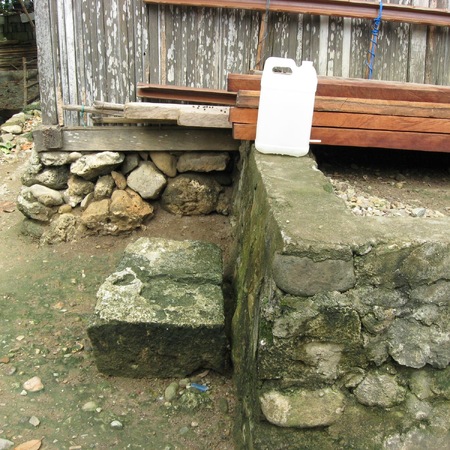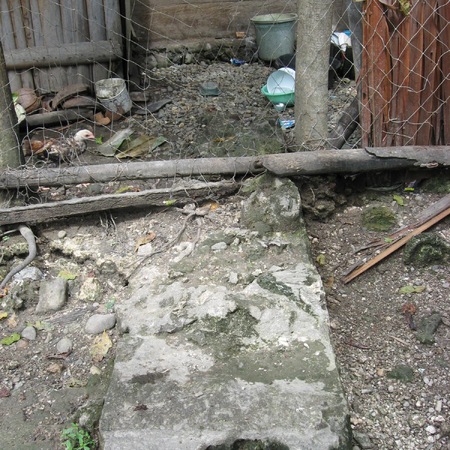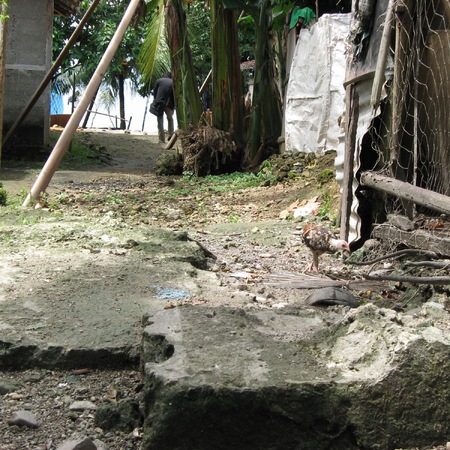The VOC fort named ‘Seith’ or ‘Ceijt’ stood on the northern coast of Ambon island at the beach in Lebelehoe, west of the mouth of the river Hoeloe. During the uprising of the Hitu people under the leadership of Kakiali, the VOC built a wooden fort here in June 1643, with bastions on two of the opposite corners. The fort was used as a base for the campaign into the mountain fort Wawani. To keep a good eye on what was going on in the direct surroundings, the VOC forced the inhabitants of neighbouring villages Nau, Binau, Henelale, Henelatua and Henehelu to abandon their kampongs and settle near fort Seith. After the fall of Wawani Governor Gerard Demmer (1642–1647) held a meeting in fort Seith with the leaders of Hitu during which he declared that their land was now the property of the VOC. This was the political end of the war, although hostilities continued until 1646. In the years that followed the post was no longer of great importance. In 1656 only 8 men were stationed here. Despite this, in 1664–1665 the fort was rebuilt in stone, with an inside space of 13x13,5 meter and two meter tick walls. On February 17 1674 a tsunami hit Ambon, destroying many villages. More than 600 people of the villages of Seith, Lebelehoe and Wassela were killed. The fort was damaged. In 1697 the government in Ambon decided to reduce the costs by removing the soldiers of several outposts including Seith. Two years later the fort was only used by a ‘posthouder’ (guard) to prevent the smuggling of cloves. At present not much is left of the fort, only some parts of the foundations can still be found with the village of Seith.


